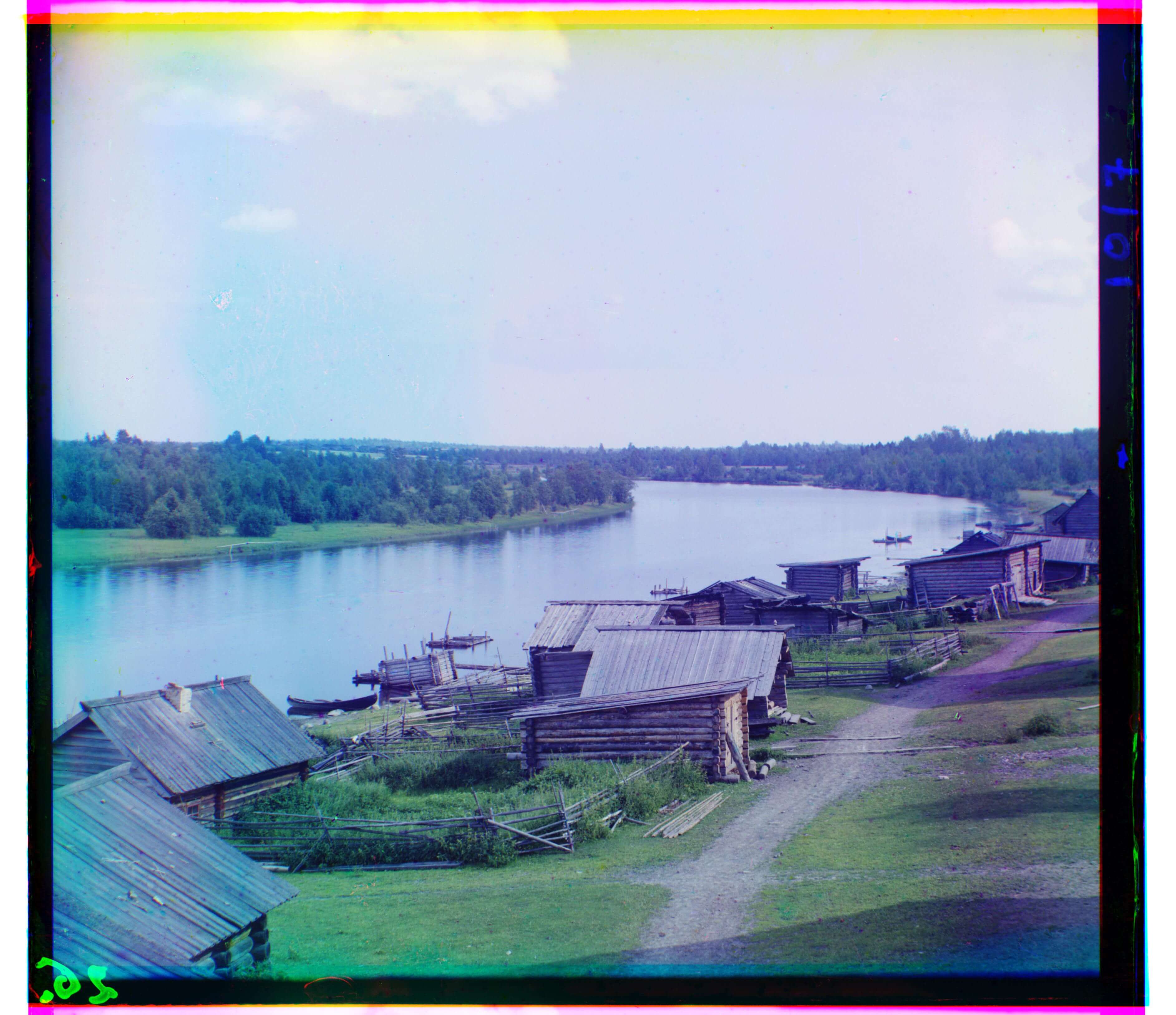Project Overview
In the early 1900s, a Russian chemist and photographer by the name of Sergei Mikhaylovich Prokudin-Gorskii made pioneering efforts in color photography
by using a novel three-image technique. For each scene, Prokudin-Gorskii recorded three pictures onto a glass plate - with a red, green, and blue filter.
By overlaying each of these three pictures, the colorized photo could then be produced. This project uses his initial three-picture glass plates to reproduce
the colorized photo.

 Three-picture glass plate and the respective reconstructed color photo.
Three-picture glass plate and the respective reconstructed color photo.
Problem Approach
The high level approach to this problem is to try various displacements to the channels to see which alignment is optimal. To do this, we fix one of the channels and try horizontal and vertical displacements on the other channels. Performance issues arise when the images are large in size, causing the displacement search to be quite computationaly exhaustive. As such, we implement a "pyramid search". This allows us to perform computationally inexhaustive displacement searches on scaled-down, lower-res images, and iteratively zooming in and adjusting our search window.
Pyramid Search Algorithm
We can first define the following values:
| Variable / Constant |
Definition |
| $\text{im}_\text{fixed}$ |
The fixed image that we are attempting to align against. |
| im |
The image that we are attempting to align. |
| $s$ |
The amount that we scale up the image in each iteration of the pyramid search. |
| $k$ |
The number of iterations in the pyramid search. |
| $(l_x, l_y)$ |
At each iteration of the pyramid search, we scan across $l_x$ horizontal displacement values and $l_y$ vertical displacement values to check for the optimal alignment. |
| $(w_{x_i}^s, w_{x_i}^e)$ |
The starting and ending horizontal displacement values to search at the $i$th iteration of the pyramid search. |
| $(w_{y_i}^s, w_{y_i}^e)$ |
The starting and ending vertical displacement values to search at the $i$th iteration of the pyramid search. |
| $(d_{x_i}, d_{y_i})$ |
The optimal horizontal and vertical displacements found at the $i$th iteration. $(d_{x_{-1}}, d_{y_{-1}})$ are initiated to (0, 0). |
We also have the following functions:
| Function |
Definition |
| $NCC(\cdot)$ |
Calculates the normalized cross-correlation of two images. |
| $scale(\cdot)$ |
Scale an image by a given factor. |
| $displace(\cdot)$ |
Applies a horizontal and vertical displacement to an image. |
Using these definitions, we can establish the following recurrence relation:
$$(w_{x_{i}}^s, w_{x_{i}}^e) = \Big(sd_{x_{i-1}} - \left \lfloor{\frac{l_x}{2}}\right \rfloor, \ sd_{x_{i-1}} + \left \lfloor{\frac{l_x}{2}}\right \rfloor\Big)$$
$$(w_{y_{i}}^s, w_{y_{i}}^e) = \Big(sd_{y_{i-1}} - \left \lfloor{\frac{l_y}{2}}\right \rfloor, \ sd_{y_{i-1}} + \left \lfloor{\frac{l_y}{2}}\right \rfloor\Big)$$
$$d_{x_{i}} = \text{argmax}_{w_{x_{i}}^s \leq x \leq w_{x_{i}}^e} \text{NCC}(\text{im}_\text{fixed}, \text{displace}(\text{scale}(\text{im}, s^{k-i}), (x, 0)))$$
$$d_{y_{i}} = \text{argmax}_{w_{y_{i}}^s \leq y \leq w_{y_{i}}^e} \text{NCC}(\text{im}_\text{fixed}, \text{displace}(\text{scale}(\text{im}, s^{k-i}), (d_{x_{i}}, y)))$$
We can continue this iterative process until we find $(d_{x_{k-1}}, d_{y_{k-1}})$, which will give us the optimal displacement on the original image. Interestingly, fixing the green channel and finding the displacements on the blue and red channels seemed to work better than fixing the blue channel. This might be due to the fact that the green channel has the greatest variance, making it the best image to compare against.























